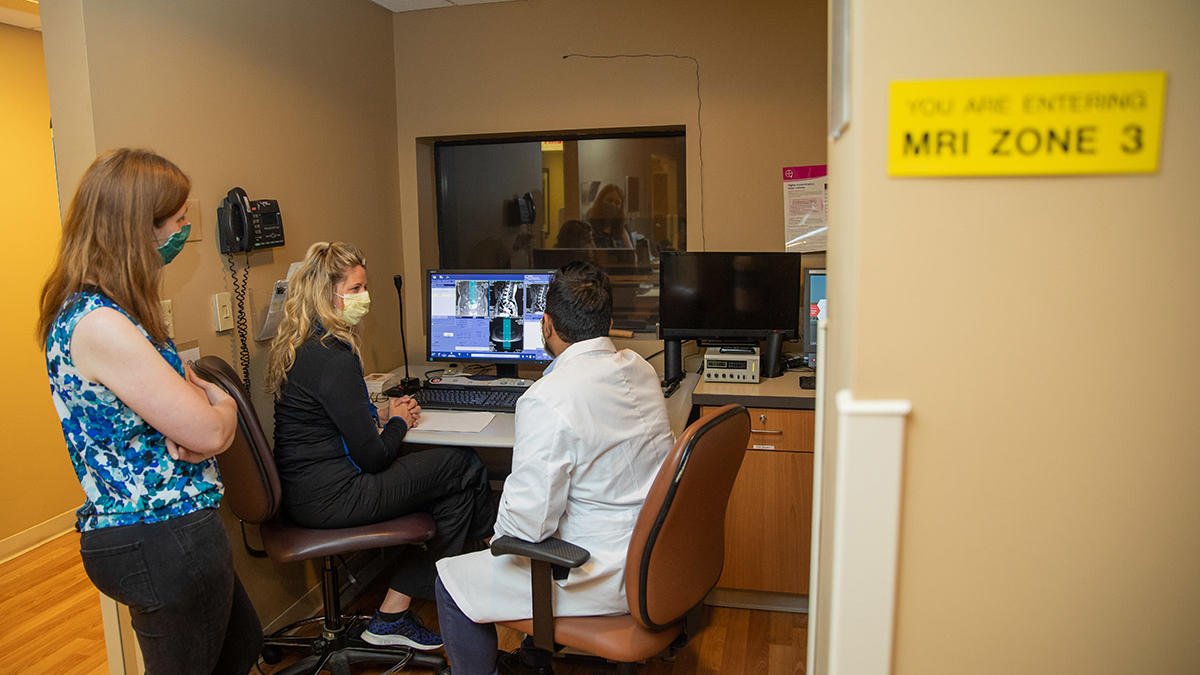By Josh Shepherd
Co-hosted by William B. Inabnet III, MD, MHA, FACS, the Johnston Wright Endowed Professor and Chair of Surgery, and Guigen Zhang, PhD, FBMES, FBSE, FAIMBE, Professor and Chair of the F. Joseph Halcomb III, MD Department of Biomedical Engineering, the grand rounds celebrated and promoted innovation and continuing collaboration between their respective departments.
Dr. Zhang and Dr. Inabnet have been in regular talks to establish a formal collaborative partnership to codify current and future opportunities in biomedical research and grant funding. These grand rounds sessions will be used to inspire faculty, residents, and students to explore new ideas and novel solutions in surgical device designs, techniques, and treatment of disease.
